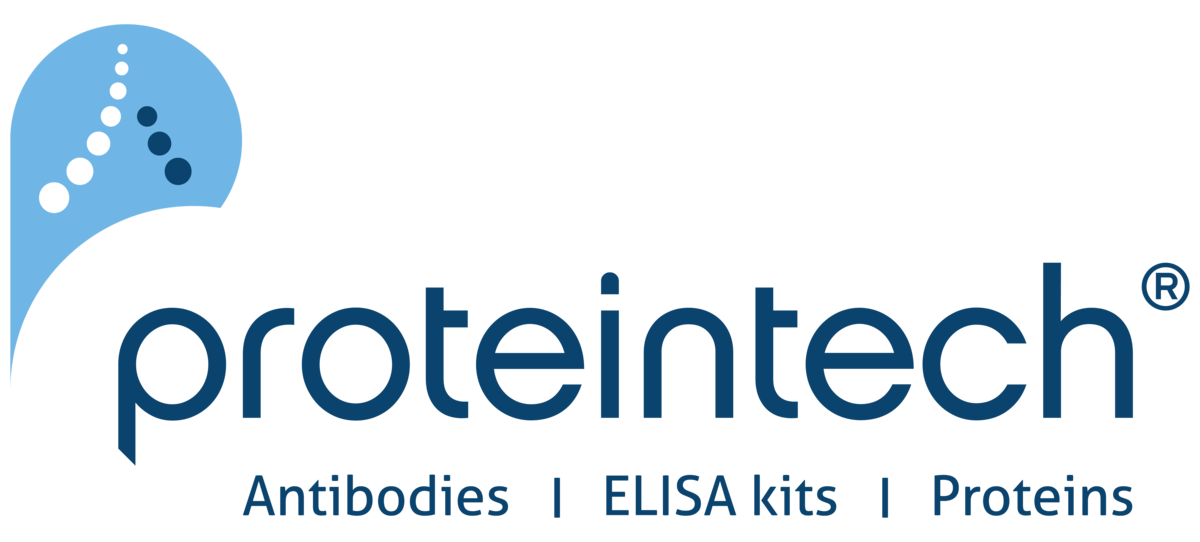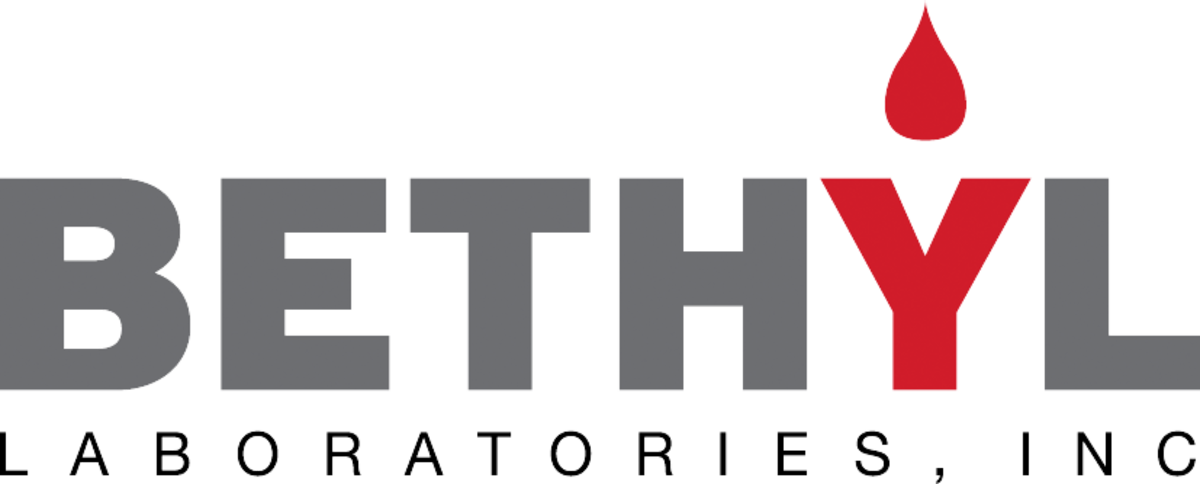Advances in flow cytometry instrumentation, software, and reagents have enabled researchers to perform increasingly complex multiparametric experiments. However, antibody selection for flow cytometry remains central to generating accurate, reproducible results.
Flow cytometry fundamentals
Flow cytometry is a technique for identifying individual cells in suspension based on light scatter and the expression of cellular markers. It involves immunostaining a heterogeneous sample with fluorophore-labeled antibodies before introducing it into the flow cytometer, where hydrodynamic focusing creates a stream of cells in single file. As each cell passes through an interrogation point where the instrument’s lasers are focused, it scatters the laser light and, at the same time, any bound labels fluoresce. The resultant signals are detected by an array of photomultiplier tubes (PMTs), which convert the light into an electrical current. By plotting the current as a function of time, using thresholds to remove unwanted signals, it is possible to detect populations of interest.

The flow cytometry workflow
A typical flow cytometry workflow begins with preparing a single-cell suspension from sample types including blood, solid tissues, and stem cell cultures. Although the methodology varies depending on the sample being used, general best practice recommendations include adding DNase and EDTA to the resuspension buffer to prevent clumping, and keeping the cells on ice to maintain viability.
Next, the sample is blocked with a dilute protein solution (e.g., 1% BSA in PBS) to minimize non-specific antibody binding. When working with samples that contain immune cells such as monocytes, macrophages, and dendritic cells, it is advised to also perform an Fc receptor (FcR) blocking step to prevent antibodies from binding to FcRs at the cell surface.
After blocking, the sample is stained with fluorophore-labeled antibodies for extracellular markers. Staining can be either direct, using labeled primary antibodies, or indirect, using a combination of unlabeled primary antibodies and labeled secondary antibodies with a wash step in between the two antibody incubations. Once any unbound antibodies have been washed away, the sample is ready for flow cytometry analysis.
If the flow cytometry experiment requires detecting intracellular markers, the cells must be fixed and permeabilized prior to the blocking step to allow antibody reagents to access their targets. When there is a need to detect both extracellular and intracellular markers, it is common to stain for extracellular markers first, before staining for intracellular targets, to avoid damaging extracellular epitopes.
Considerations for antibody selection
There are multiple factors to consider when selecting antibodies for flow cytometry, including whether to perform direct or indirect detection, and which fluorophore labels should be used.
- Direct or indirect detection
Panel size is a major consideration when deciding between direct or indirect detection. If more than a handful of markers will be measured, direct detection is usually preferred as it eliminates the risk of secondary antibody cross-reactivities. Other advantages of direct detection are that it shortens the experimental workflow and increases flexibility for multiplexing by allowing for the use of several antibodies from the same host species. When running smaller panels, indirect detection offers access to a wider range of reporter molecules and can also provide signal amplification to improve the likelihood of detecting scarce targets.

- Antibody specificity and sensitivity
The quality of the antibody reagents being used for flow cytometry is another critical factor. Primary antibodies should be validated for the flow cytometry application, have proven specificity for the target of interest, and exhibit sufficient sensitivity to detect the analyte in the chosen model system. If the target being studied is known to be scarce, comparing several different primary antibodies can help to identify a more sensitive antibody reagent.
Secondary antibodies should also come with validation data confirming their specificity. Other recommendations for secondary antibody selection include choosing products that are cross-adsorbed against the host species of the sample material to avoid non-specific binding, and using isotype-specific secondary antibodies to enable multiplexing with purified primary antibodies from the same host. In addition, using Fab or F(ab’)2 fragment secondary antibodies is advised when staining samples containing large amounts of Fc receptors, which could otherwise entrap whole secondary antibodies via the Fc region.

- Tips for fluorophore selection
Selecting the right fluorophores is essential when performing flow cytometry experiments. Not only should the excitation and emission maxima of each fluorophore be matched to the instrument’s lasers and detectors, respectively, but the nature of the markers being detected should also be considered.
When assigning fluorophores, it is recommended to pair bright dyes with low antigen density markers, and dimmer dyes with more abundant targets. It can also be prudent to assign fluorophores to lesser known markers first, before designing the remainder of the panel, since these may have fewer commercial antibody conjugates available.
For larger panels, selecting fluorophores with narrow excitation and emission characteristics can help to minimize spillover, while using tandem dyes is a popular way to increase the panel size if the number of lasers becomes a limiting factor.
Lastly, when performing long-term studies, it is worth looking into purchasing fluorophore-labeled antibodies in bulk to both safeguard experimental consistency and reduce costs.
LubioScience represents some of the most trusted brands in research and works closely with our partners to support flow cytometry-based research. Contact us today to discuss how we can help.
Supplier

Proteintech
Primary antibodies, nanobodies, cytokines & growth factors - all made in-house. Strict validation by western blot, ELISA and siRNA testing.

GeneTex
GeneTex offers primary & secondary antibodies validated with multiple methods.

Jackson ImmunoResearch
Jackson ImmunoResearch specializes in secondary antibodies and conjugates.
About Jackson ImmunoResearch Shop for Jackson ImmunoResearch products

Rockland Immunochemicals
Rockland Immunochemicals offers high-quality antibodies, assays, reagents, blood products and services.
About Rockland Immunochemicals Shop for Rockland Immunochemicals

Bethyl Laboratories - Fortis Life Sciences applies B-cell sorting and recombinant DNA technology to deliver high quality recombinant rabbit monoclonal antibodies. The pillar strategy validation ensures that the antibody works in the stated applications.
